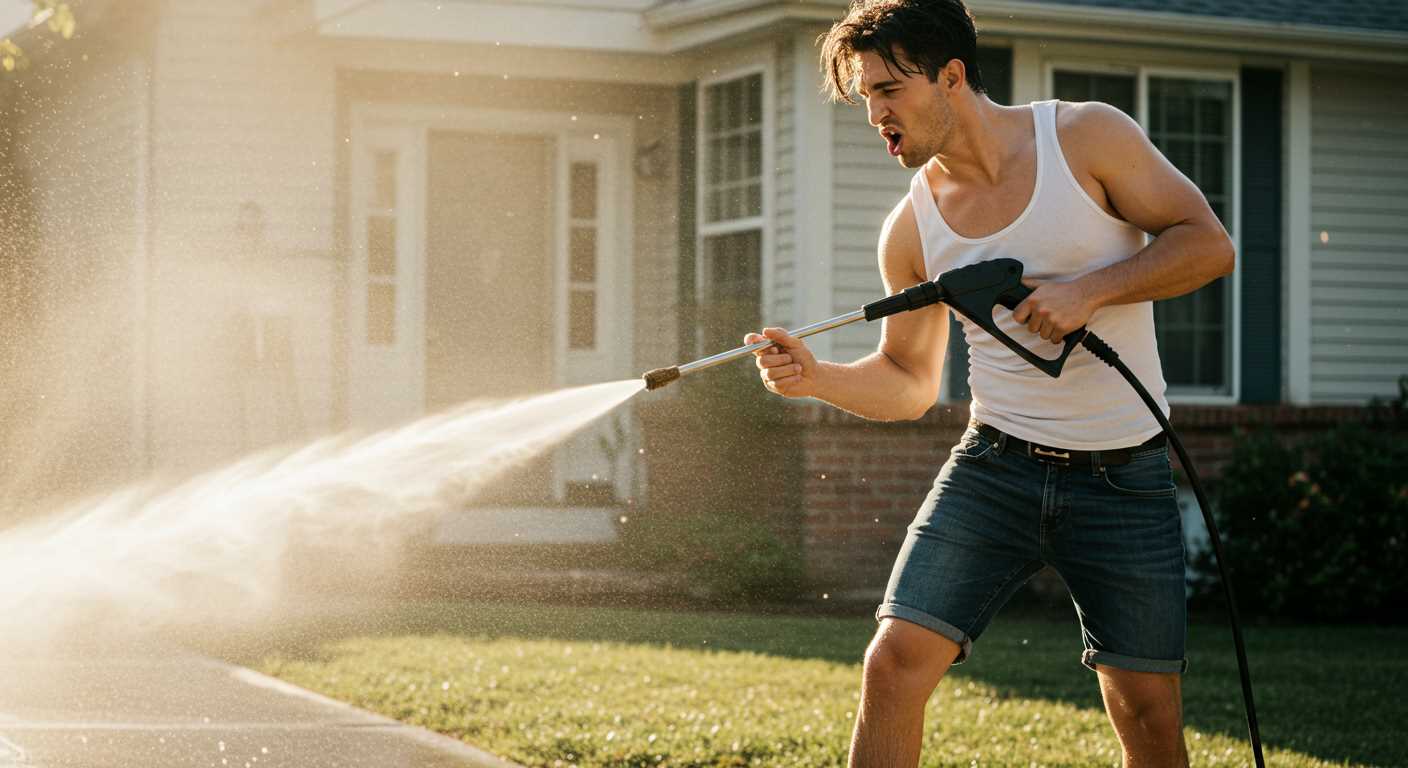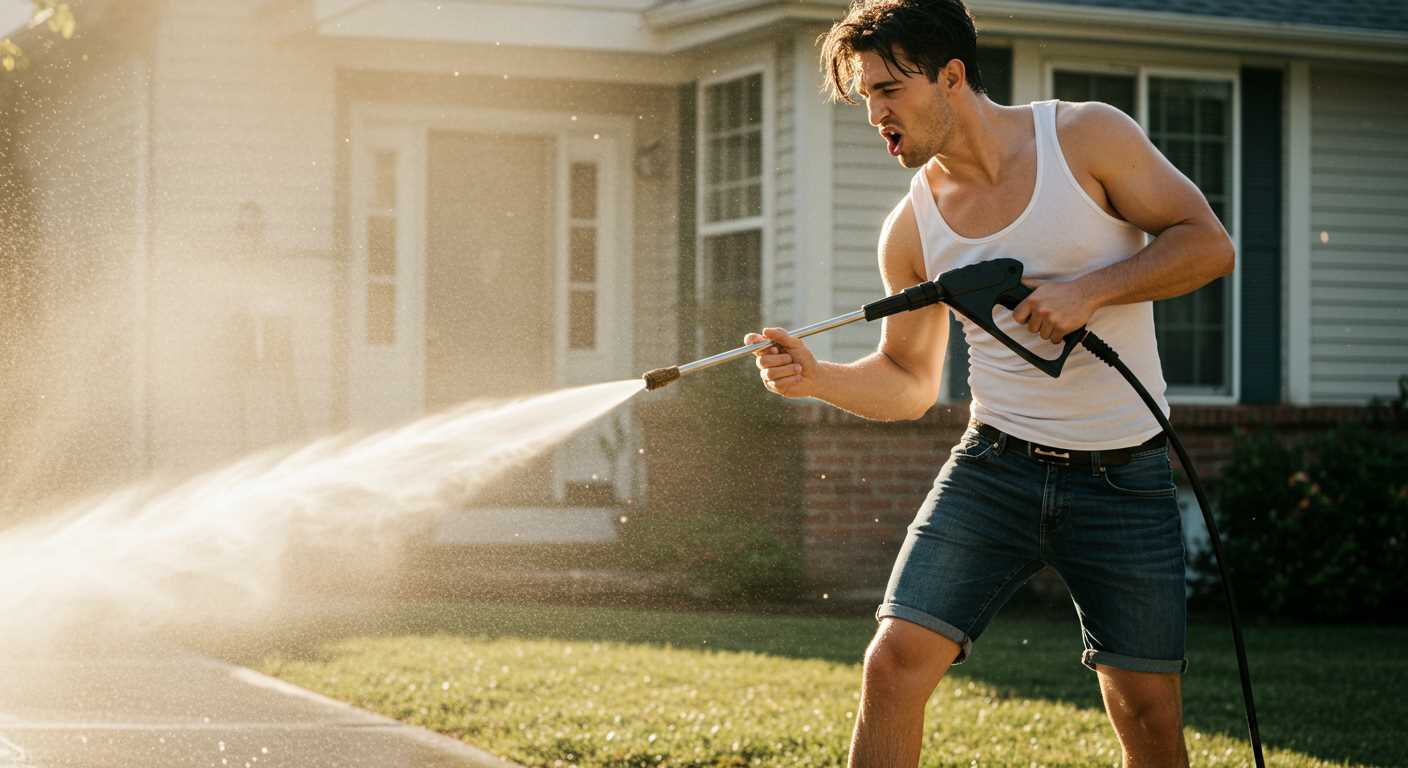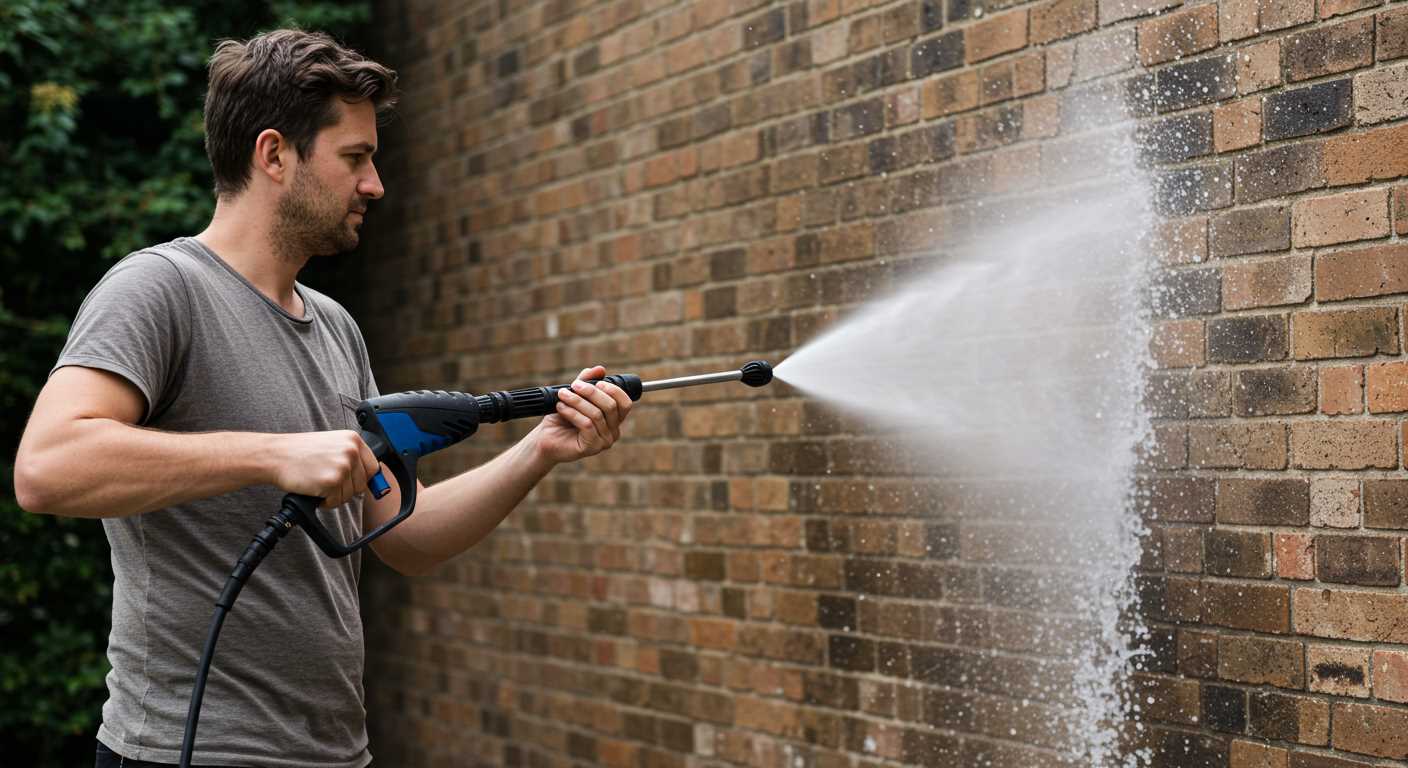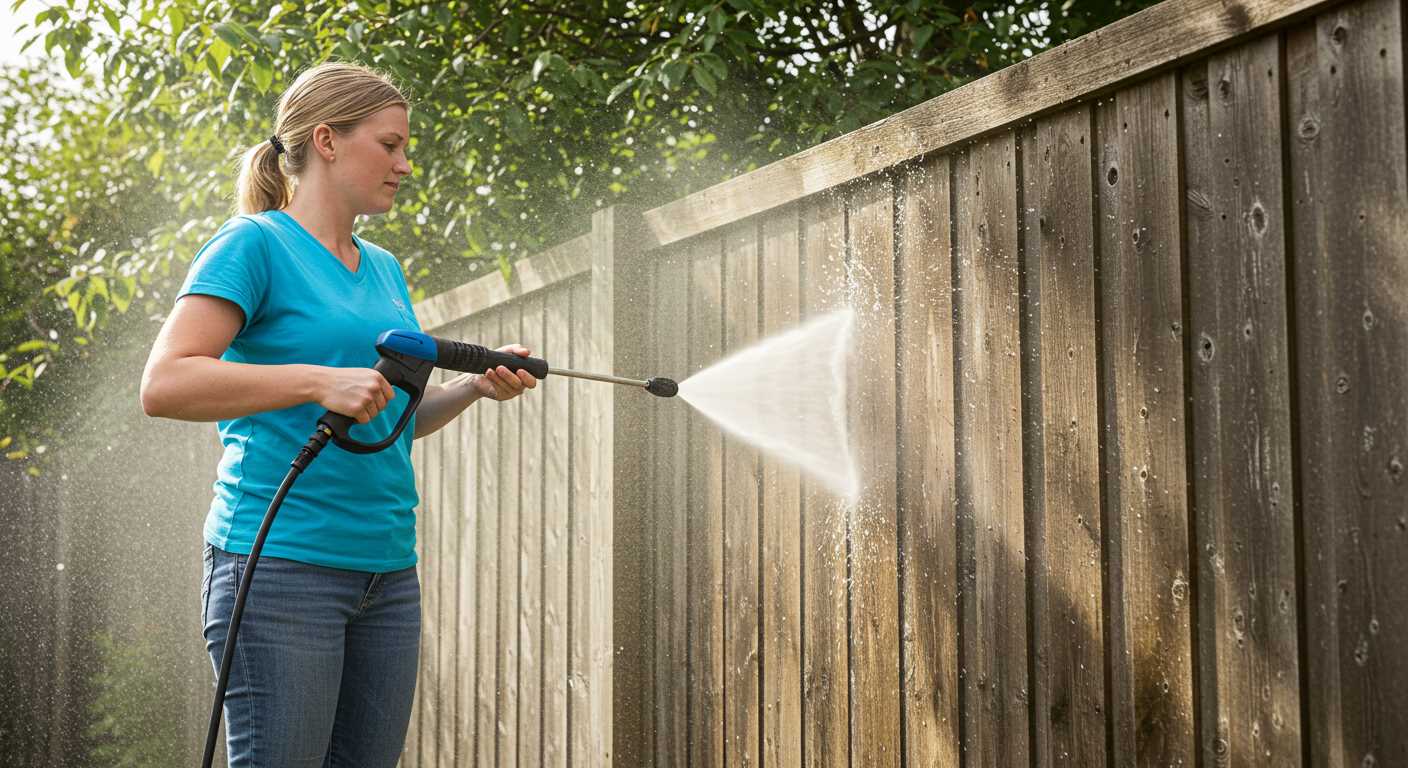




Draining all water from your machine is non-negotiable. This simple step prevents damage caused by freezing temperatures. Make sure to detach any hoses and attachments, tilting them to ensure complete drainage. I’ve seen far too many units ruined because water was left inside during the winter months.
Don’t overlook the importance of using a pump protector. This liquid not only lubricates the internal components but also acts as a safeguard against freezing. I remember one winter when I forgot this step; the cost of repairs was a harsh lesson that I won’t repeat.
Check the fuel system if your unit runs on gas. Use a fuel stabiliser to prevent the gasoline from breaking down. I’ve had engines refuse to start in spring because the fuel had turned stale over the winter. A few moments spent on this can save you a lot of hassle when you’re ready to clean again.
Lastly, store your equipment in a dry, sheltered place. Keeping it indoors or in a garage away from the elements can prolong its life significantly. I have always made it a practice to cover my machines with a protective tarp, adding an extra layer of defence against dust and moisture.
Preparing Your Cleaning Unit for Cold Weather
Draining all the water from the system is the first step. I’ve encountered countless units ruined by frozen water left in the hoses or pump. After disconnecting the water supply, run the machine for a few minutes without water. This will help expel any remaining liquid.
Using Antifreeze Solutions
Once drained, I recommend introducing a non-toxic antifreeze solution specifically designed for cleaning equipment. This acts as a safeguard against freezing temperatures. Pour the antifreeze into the detergent tank and run the unit briefly to ensure it circulates through all components.
Cleaning and Storing Accessories
Don’t forget to clean the nozzles and any attachments. I’ve seen blockages develop over winter due to leftover debris. Rinse them thoroughly and let them dry before storing. Keep everything in a dry, sheltered place to prevent rust and damage.
Finally, cover the equipment with a protective tarp or blanket. It’s simple but effective. This keeps dust and moisture at bay, ensuring your machine is ready to go when the warmer months return.
Drain Water from the Pressure Washer
Begin by disconnecting the water supply. Turn off the tap and detach the hose from the inlet. This prevents any residual water from remaining in the system.
Removing Remaining Water
Next, start the machine briefly without any attachment. This action allows any trapped water in the pump and hoses to be expelled. Make sure to keep the wand pointed at a safe area, away from yourself and others.
Emptying the Detergent Tank
If your device has a detergent container, remove any remaining cleaning solution. Rinse it out with clean water, ensuring that no residue lingers. This helps prevent clogs and damage during colder months.
Finally, store the unit in a dry, sheltered location to avoid exposure to freezing temperatures. A clean and dry machine will ensure longevity and reliable performance when it’s time to use it again.
Clear Out the Detergent Tank
Empty the detergent tank thoroughly to prevent damage during cold months. Residual soap can thicken and lead to clogs, affecting future use. Begin by removing the tank from the unit, if possible. Check your user manual for specific instructions.
After taking it out, pour any remaining detergent into a suitable container for storage or disposal. Rinse the tank with warm water to remove any remnants. Swirl the water inside to ensure all sides are cleaned, then pour it out.
For a more thorough clean, create a mixture of warm water and mild dish soap. Fill the tank halfway, shake gently, and let it sit for a few minutes to break down any stubborn residues. Rinse again until the tank is completely free of soap.
Once cleaned, ensure the tank is completely dry before reassembling. This helps prevent any moisture from freezing and causing damage. Store the tank in a dry location, ideally indoors, until you’re ready to use your equipment again.
| Steps | Description |
|---|---|
| Remove Tank | Detach the detergent tank according to the manual. |
| Empty Contents | Pour leftover detergent into a container. |
| Rinse | Use warm water to rinse out the tank. |
| Deep Clean | Mix warm water with mild soap, shake, and rinse. |
| Dry | Ensure the tank is completely dry before storage. |
Replace or Treat with Pump Saver Fluid
Using pump saver fluid is a straightforward method to protect your cleaning device during the colder months. The fluid acts as a lubricant and helps prevent the internal components from freezing and cracking. I recall a particularly harsh winter when a colleague neglected this step and ended up with a costly repair bill. Don’t let that happen to you.
Before applying the pump saver, ensure that the unit is completely drained of water. This step is crucial; any remaining moisture can lead to ice formation, which can damage the pump. Once you’re certain it’s dry, follow the instructions on the pump saver fluid container. Typically, you’ll attach the fluid directly to the inlet where the garden hose would connect. Then, operate the machine briefly to allow the fluid to circulate through the pump. This ensures that all internal parts are coated adequately.
In my experience, this simple addition can extend the life of your equipment significantly. I’ve seen many machines last well beyond their expected lifespan just by incorporating this practice. For those of you who frequently clean surfaces like paving stones, using a reliable and well-maintained unit is crucial. For more information, check out this pressure washer for paving stones guide.
Don’t overlook this step; it’s a small investment for the longevity of your cleaning equipment. I always keep a bottle on hand, especially as the seasons change. It’s just one of those smart moves that pays off in the long run.
Inspect and Clean the Filters
Start by removing the water inlet filter from the machine. This small component can accumulate debris that affects performance. I recall a time when I neglected this step, and it resulted in weak water flow during a crucial cleaning job. Simply rinse the filter under running water to clear any blockages. If you notice any damage, replacing it is a wise option.
Fuel Filter Check
If your unit has a fuel filter, inspect it as well. A clogged fuel filter can hinder the engine’s functionality. I’ve seen engines stall mid-use due to neglecting this simple task. Clean it by blowing compressed air through it or replace it if it’s beyond recovery. A little attention here can save you from bigger headaches during the next use.
Final Touches
After cleaning, reassemble the filters securely. Double-check that everything is properly fitted to avoid leaks. I find it helpful to keep a maintenance log to track when I last serviced these components. Taking the time to ensure filters are clean and functional can greatly enhance the longevity of the equipment and maintain optimal performance.
Store in a Suitable Location
Choose a dry, temperature-controlled area for your equipment. A garage or shed is ideal, as it protects against moisture and extreme temperatures that can damage internal components.
Key Tips for Storage
- Ensure the space is well-ventilated to prevent the build-up of humidity.
- Avoid placing the unit near direct heat sources, such as radiators or heaters.
- Keep it off the ground to prevent contact with cold surfaces that could cause freezing.
Additional Considerations
- Consider wrapping the unit in a protective cover to shield it from dust and debris.
- If storing outdoors is unavoidable, use a waterproof tarp, but ensure ventilation to avoid moisture accumulation.
- Check on the unit periodically to ensure no unexpected issues arise during storage.
For those with pets, be mindful of their behaviour in the storage area. For example, you might wonder can dogs climb chain link fences, as this can affect how you secure the space.
Check and Maintain Accessories and Hoses
Inspect all attachments and hoses for any signs of wear or damage. A quick visual check can save you from bigger issues. Look for cracks, bulges, or abrasions on hoses. If you notice any defects, replace them before storing your equipment.
Cleaning Accessories
Detergent nozzles and spray tips can clog over time. Clean these components thoroughly with warm water and a soft brush. If you have any stubborn residues, soak them in a solution of vinegar and water for a few hours. This helps to dissolve any buildup and ensures optimal performance when you use them again.
Storing Hoses Properly
Coil hoses neatly to prevent kinks. Avoid winding them too tightly, as this can cause internal damage. If possible, hang them on a hose reel or a dedicated hook to keep them off the ground and away from potential hazards. During colder months, keep hoses indoors to prevent freezing, which can lead to cracks and leaks.




.jpg)


